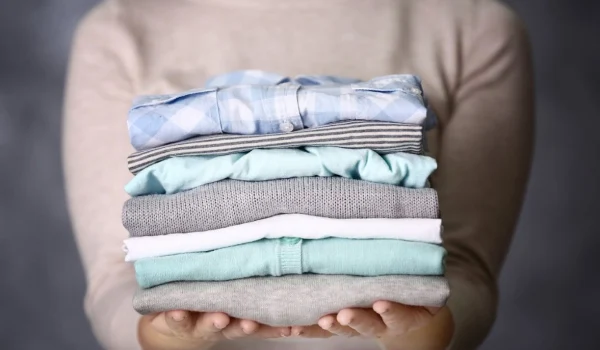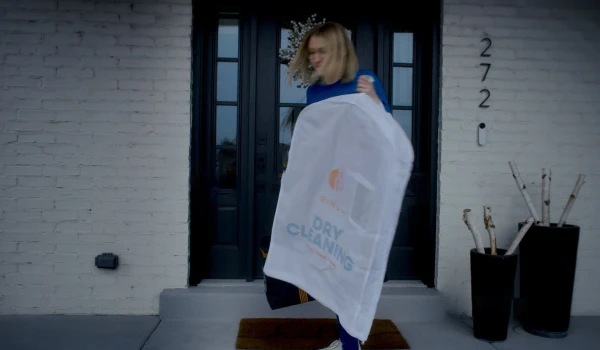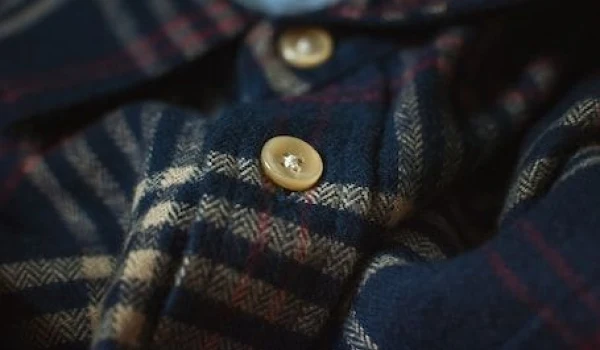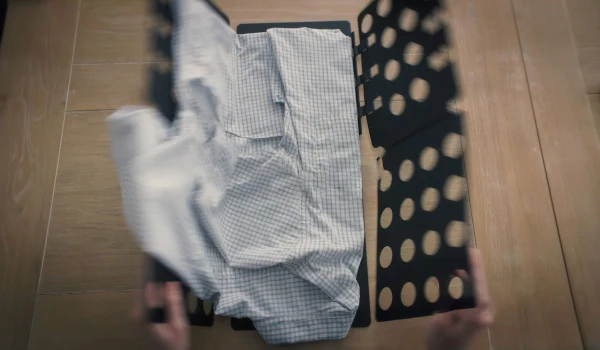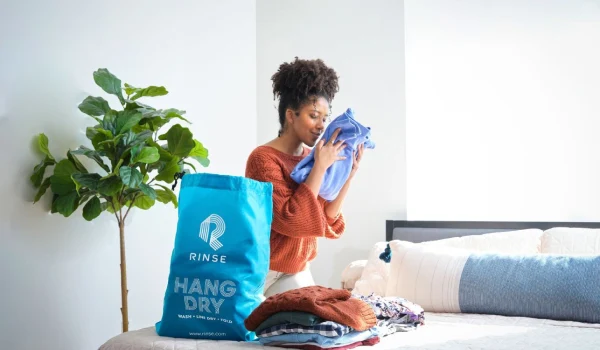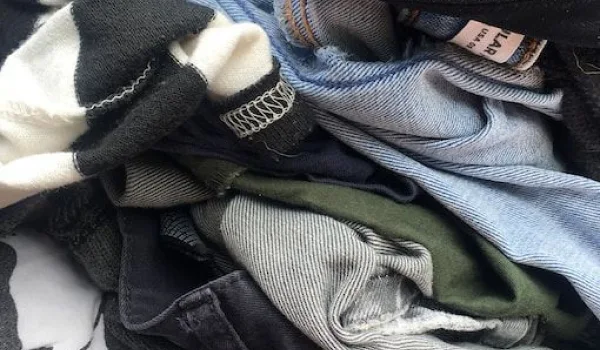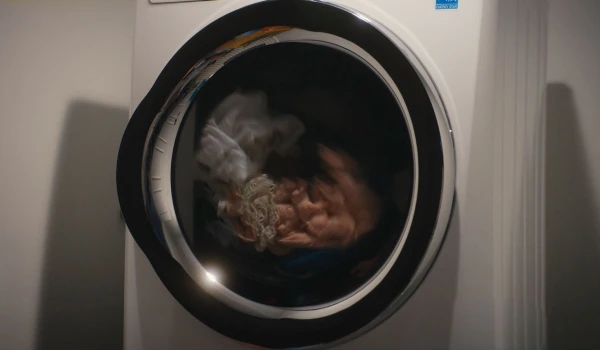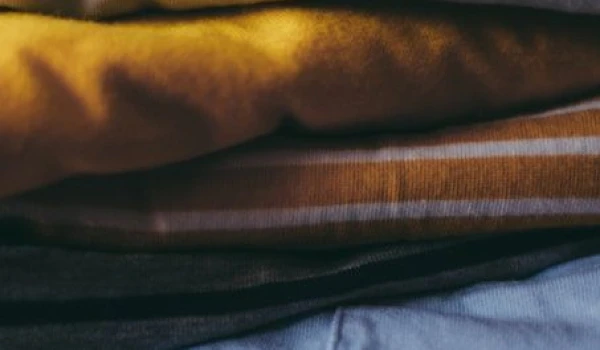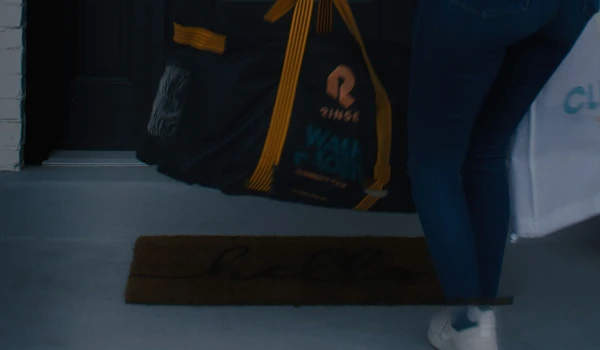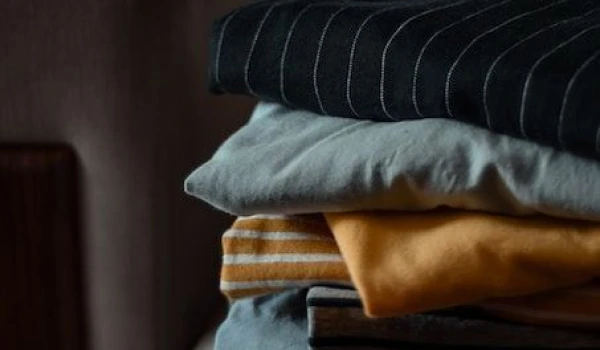Introduction
Ensuring a clean and sanitized living space is imperative, especially when recovering from an illness. The bedroom, being a place of rest and recovery, demands particular attention – with a major focus on the bedding. Clean bedding plays a crucial role in preventing the spread of germs, potentially resulting in a faster recovery and ensuring a healthier sleeping environment. When you're sick, your bed can become a breeding ground for bacteria, viruses, and allergens. Sweat, skin cells, and other bodily fluids can contribute to this buildup, creating an environment that can prolong illness and affect overall health. The sheets, pillowcases, and duvet all need proper sanitation to ensure they are free from germs and bacteria.
Keeping Your Bedding Germ-Free
Unclean bedding can be a hotbed for germs and bacteria, which can exacerbate symptoms and prolong the period of illness. Dust mites, bacteria, and fungi can thrive on the mattress, pillow, and linen, especially when they are soiled with sweat, dead skin, and other bodily fluids. Bed sheets and pillowcases can harbor viruses like the flu for several hours or days, depending on the material and environmental conditions. For instance, the influenza virus can survive on bed linen for up to 7 days, making it imperative to clean your bedding promptly.
1. The Risks of Not Washing Your Bedding After Being Sick
Not sterilizing your bedding after an illness can lead to various risks. There's a possibility of re-infection, as the germs and bacteria lingering on the bed sheets and pillowcases can remain active for a significant duration. Allergens can accumulate, potentially leading to asthma attacks or allergy symptoms, further complicating the recovery process. Furthermore, the bed can become a source of infection for others who come into contact with the contaminated linens.
2. The Importance of Prompt and Thorough Cleaning
To ensure that your bedding is free from germs, bacteria, and allergens, prompt and thorough cleaning is necessary. Washing in hot water is crucial, as it helps to kill the majority of germs and disinfect the linen. Using a laundry detergent that contains bleach or hydrogen peroxide can provide an additional layer of disinfecting power. Ensure to set your washing machine to the hottest setting that is safe for the fabric, as higher temperatures are more effective at sanitizing.
After washing, make sure to properly dry the bedding. Using a dryer on a high heat setting helps to kill any remaining germs and ensures that the bedding is completely dry, preventing the growth of mold and mildew. Don’t forget items like pillows and blankets, as they are just as susceptible to germ buildup.
3. Considering Professional Cleaning Services
For a thoroughly sanitized sleeping environment, considering professional cleaning services can be a wise choice. Companies like Rinse specialize in providing top-notch laundry services, ensuring that your bedding is cleaned, disinfected, and returned in pristine condition. We understand the significance of maintaining a germ-free environment, especially post-illness, and employ the highest standards in our cleaning processes. Opting for professional services ensures that every nook and cranny of your bedding is attended to, effectively eliminating lingering germs and bacteria.

How to Wash Bedding After Being Sick
Follow these critical steps and considerations to effectively clean your bedding and ensure a hygienic sleeping environment:
1. Temperature
Using the right temperature setting on your washing machine is crucial when washing bedding after an illness. As mentioned above, for effectively killing bacteria, viruses, and fungi, it is recommended to use the hottest water setting that the fabric can handle. Most laundry detergents work more efficiently in warm water, and higher temperatures help disinfect the bedding more effectively. However, it is important to check the care labels on your bed linens, duvet, and blanket to ensure that the fabric can withstand high temperatures without damage.
2. Detergent and Sanitizing Laundry Additives
Choosing the right detergent and laundry additives is essential for effectively sanitizing your bedding. Opt for a laundry detergent that contains disinfectant properties or is specifically designed to kill germs. Bleach is a powerful disinfectant; however, it’s important to use it cautiously and ensure it is suitable for the fabric you are washing. For those looking for a less harsh alternative, hydrogen peroxide-based detergents can also be effective in eliminating germs and bacteria. Additionally, there are laundry sanitizers available on the market that can be added to your wash cycle to enhance the disinfecting process.
3. Loads
Ensuring that you do not overload your washing machine is key to effectively cleaning and sanitizing your bedding. Overcrowding the machine can prevent the laundry detergent and water from circulating properly, resulting in less effective cleaning. It's best to wash sheets separately from other items and avoid stuffing the machine to its full capacity. This ensures that the hot water and detergent can reach all parts of the sheets, ensuring thorough cleaning and disinfection.

Other Things You Should Wash After Being Sick
1. Clothing and Bedding Accessories
Your regular clothes, blankets, and sheets have likely been exposed to germs during your illness, making it crucial to give them a thorough wash. Same story here – use hot water and a laundry detergent with disinfectant properties to ensure all viruses and bacteria are eliminated. Don’t forget about smaller items like pillowcases and towels, as they are in direct contact with your skin and can harbor germs.
2. Personal Items
Items such as stuffed animals or personal items can be breeding grounds for germs. Wash or disinfect these items according to the manufacturer's instructions. For items that can’t be washed, a good airing out or a wipe-down with a disinfectant can help remove allergens and germs.
3. Mattresses and Pillows
While you can't toss your mattress or pillows in the washing machine, you can still sanitize them. Vacuum the mattress to remove dead skin and dust mites, and consider using a disinfectant spray that’s safe for fabrics. Pillows can often be washed in the washing machine on a gentle cycle using hot water and laundry detergent.
4. Frequently Touched Surfaces
Don't forget about the non-fabric surfaces. Disinfect frequently touched areas such as door handles, light switches, and remote controls. Use a suitable disinfectant to kill any lingering germs.
Incorporating these cleaning practices post-illness ensures that you create a sanitized, safe environment, reducing the risk of allergies, asthma attacks, or reoccurring sickness. Give everything a good clean and enjoy a healthier recovery and a fresher living space.

Maintaining Cleanliness for a Speedy Recovery
Key cleaning takeaways include:
Bedding and Linens
Use hot water and a high-quality laundry detergent for your bed linens, duvet, and sheets, preferably one that contains disinfectant properties or additives like hydrogen peroxide that are known to kill viruses and bacteria. If you’re dealing with stubborn stains or areas soiled with sweat or other bodily fluids, pre-treat these areas before tossing them in the washing machine.
Mattresses and Pillows
Vacuum your mattress to remove dead skin, dust mites, and other allergens. For pillows, check the care label to see if they can be washed, and use the appropriate settings if they can. If not, airing them out in the sun can help to sanitize and freshen them up.
Beyond the Bedroom
Any dirty or soiled items in the vicinity, such as clothing and personal belongings, should also be thoroughly cleaned. Ensure all frequently touched surfaces in your home are disinfected to prevent the spread of germs.
Professional Cleaning Services
For those who want to ensure a thorough cleaning or perhaps don’t have the time or energy to do it themselves, professional cleaning services like Rinse offer a convenient and effective solution. Rinse specializes in sanitizing and deep cleaning bedding, towels, and clothing, ensuring that everything is washed, dried, and returned to you in pristine condition. This not only helps in creating a germ-free environment but also aids in alleviating symptoms of allergies and asthma caused by dust mites and other allergens.
Implementing these cleaning practices ensures that you are not just cleaning but actively sanitizing your living space, creating a safe and clean environment conducive to recovery!
Contact us at Rinse today to see our skill in action.

Have laundry or dry cleaning to do?
Rinse picks up, cleans and delivers 7 days a week. Amazingly awesome. Ridiculously simple.



